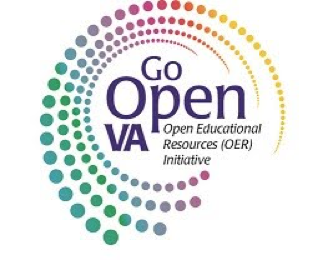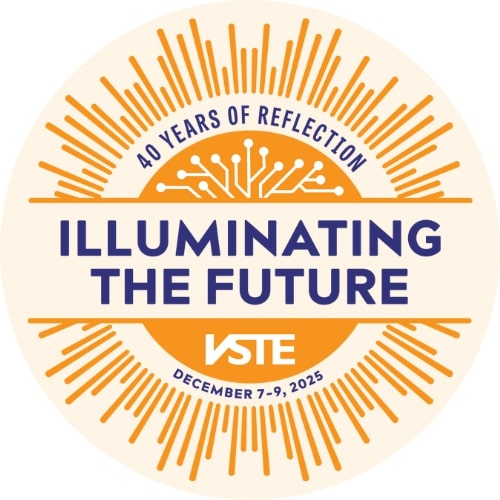As with all educators, ITRT’s are scrambling to adapt to a new way of doing their jobs, and mentoring teachers in new skills and educational approaches. Luckily, nearly every division is doing the same thing at the same time, developing resources to help teachers handle virtual and hybrid learning. And, also luckily, we have a new place where ITRTs can share their professional learning resources with each other, assisting each other with the many tasks to be done.
#GoOpenVA has a new Collection which is a set of links to ITRT-created resources designed to help teachers during these hectic and stressful times. The Moving to Virtual and Hybrid Learning: Professional Learning for Teachers Collection includes not just technology how-to videos and handouts, but also resources to support the pedagogy involved in both virtual and hybrid learning.
Many of the resources were developed specifically for a particular division---but are great starting points for other divisions to use to develop their own customized versions. They are ready to be edited as needed—just make sure to include acknowledgement of the original creator. Getting a pat on the back from a colleague is always welcome and even more so in these stressful times.
If you, as an ITRT, are seeing the benefits of sharing resources with others in order to lighten the load for all, then you might want to do some training on how to leverage #GoOpenVA for sharing, collaborating, professional learning, and customizing resources for students. VSTE’s Education Committee worked this past winter and spring to develop a Workshop in A Box website for you. There, you will find some grab-and-go training sessions on the Foundations of #GoOpenVA, Curation, Customizing, and Creating. Each Module provides a slide deck, Facilitators Guide and Participants Guide (all ready to be edited if you want to customize your own training sessions).
The Foundations module covers the basics of OER (openly-licensed resources), need-to-know copyright law, and ways to navigate around #GoOpenVA. The Curate module demonstrates several ways that #GoOpenVA registered users can evaluate and rate content for both themselves and for the good of the community. For those who want to delve into editing content (called remixing or customizing in OER-speak), the Customize module does a quick repeat of pertinent copyright information, and then provides instruction on how to use the Open Author editor on #GoOpenVA. The last module, the Create module, goes into more depth on how to use Open Author and how to choose your metadata (which helps others find your posted resources).
As a supplement to these workshop pieces, you can use any of the helpful resources listed in the Users Guide, which includes rules and guides, screencast how-tos, hints, and other information. These all are openly-licensed as well, so you can edit and re-purpose as you need.
Take care of yourself, and use these resources as short-cuts for some of the training and support you need to provide. #GoOpenVA is there to help you feel less alone (and more supported by the state’s education community).
Written by Jean Weller, Teaching and Learning Technology Integration Specialist for the Virginia Department of Education and member of the VSTE Board. If you have any questions, please feel free to contact Jean at jean.weller@doe.virginia.gov.

 Since its debut in January 2020,
Since its debut in January 2020, 

